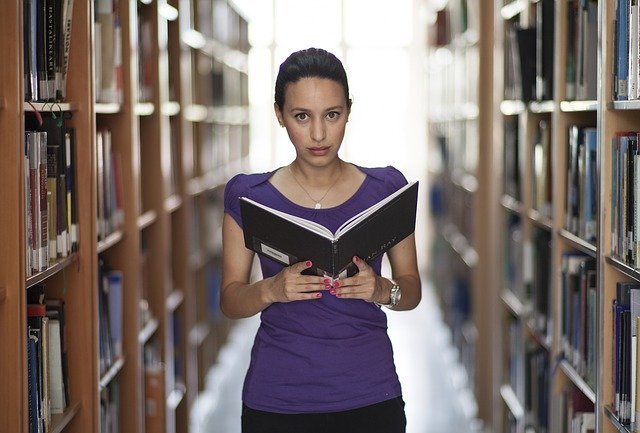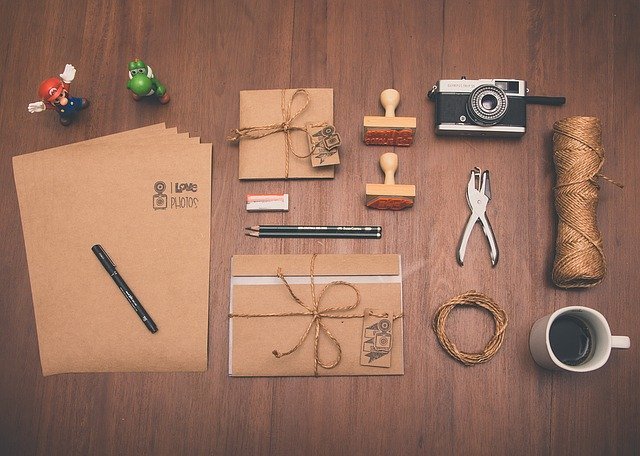Photography is fun and challenging. It takes a natural talent and quite a bit of training to become a good photographer. You probably have the ability to become a good photographer if you are willing to make the effort to learn correct procedures and find a niche that suits you.
To improve the quality of your picture, decrease the distance between your camera and your subject. This will help you frame your subject, and block out disruptive backgrounds. If you are taking a portrait, getting closer allows you to notice facial expressions and other details. Camera image sensors are only so good, so long-range shots sacrifice detail.
Make sure you know exactly what is going into each photograph. Your picture should be composed in such a way that it gives some insight into your subject. Do not try to show too much. If you want to give a more general impression of something, take a series of pictures, rather than a single photograph with no real focus or details.
In order to produce professional results, a professional-quality camera is necessary. There are many great cameras on the market, but a DSLR will give you the best results. Most photographers use this type of camera, and you should too if you want your work to be as good as theirs.
Hold your camera tight, keep your arms close to your sides and put your hands on both sides and the bottom of your camera. This will minimize shaking and produce clearer shots. Supporting the camera from underneath, as opposed to holding the top, will also make it much harder for you to drop your camera.
Your arms should be positioned close to the body when you hold the camera, and your hands should be on both the bottom and the sides to keep the camera steady. Doing this minimizes the blurry shaking sometimes seen in photos. Cradling your hands underneath your camera and lens also prevents you from clumsily dropping it.
Here is a handy photo tip! Educate yourself on what shutter speed is and how to manipulate it. These shutter speeds are indicated by the letters P, A, S and M. Using the “P” setting will put your camera into program mode. This setting is your automatic one. The shutter and aperture speed are automatically set up for your use. If you are not sure what you will shoot, use the “P” setting.
Drop the background focus when you are photographing people. A focused background can distract viewers from seeing the beauty of your intended subject. You can get your subject to come closer to your camera, or adjust your f-stop settings to achieve this effect.
Memory Card
Be creative with colors, focus, angles, and lighting. An original object is not needed to take a picture that is good quality. A good photographer infuses his talent and intuition into his photos to make boring objects look interesting. Try different things to find a style that suits you.

The more pictures that you take, the higher your chances will be for getting some great shots, so make sure you have a memory card that will hold a lot. You can use you memory card to store photographs that you have not had time to develop yet. Having a memory card with a large capacity allows you to experiment with different shots and analyze them later to see which techniques worked best for you.
If you are going on a trip, start taking photos when you leave to document your journey. When you reach your location, you are bound to find places to take pictures, though also make sure to pay attention while you are traveling, and you may find some wonderful places to shoot. Document your journey; an airport offers many interesting subjects for good pictures for instance.
Your shots can be improved by simply moving in a bit on the subject you are shooting. You do not want the pictures to come out and not be able to see the subject or have things in the background take attention away from the subject. Make sure that the subject of your photographs get the attention they deserve.
Aperture, ISO, and shutter speed combined can help you to create great pictures. These are the elements that determine exposure when you are photographing subjects. Underexposed or overexposed pictures should be avoided, unless that’s the shot you are going for. Take some time to experiment using these features so that you learn how they interact, and which combination you like best.
There are many different techniques and nostalgic concepts that come along with film photography, if you would like to give this challenge a try, buy a film camera to start your analog journey. A film that has an ISO number of 200, with your black-and-white capture, will give you a dramatic effect. Try having prints made on different papers, like fiber-based papers.
Consider enrolling in a photography group, or team up to take shots with a photographer who shares your interests. Listen to any technical tips they have, but be sure to keep your own style. Compare the stylistic differences between photos you both took of the same object.
From the information above, you can see that mastering the skill of photography can be accomplished by learning more and you truly can have a successful career. Taking quality photographs involves a perfect marriage of perspective, subject and lighting. Instead, the art of photography is immortalizing a moment or an image that is present around you.
If you believe the nostalgic sentiments associated with film-based photography and would like to try your hand at doing it the old-fashioned way, pick up a film camera at a second hand store. You can create a dramatic look by choosing monochromatic film. Ideally, your film should be rated at least 200 ISO, which is sufficient for most circumstances. You can print film photographs on a number of mediums, including fiber-based paper.


